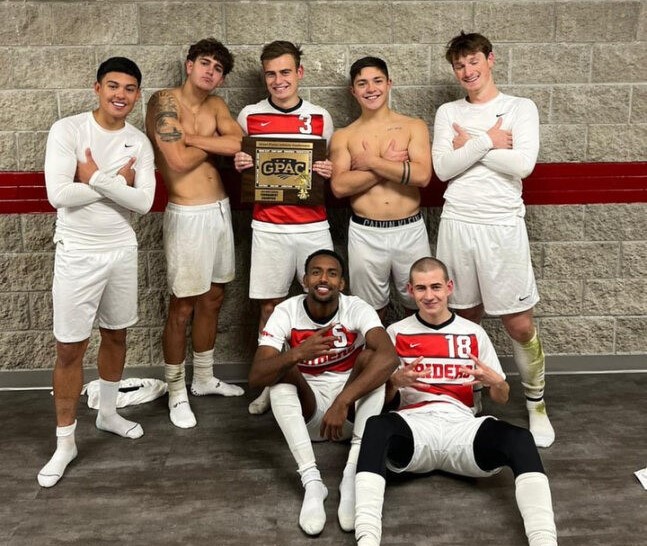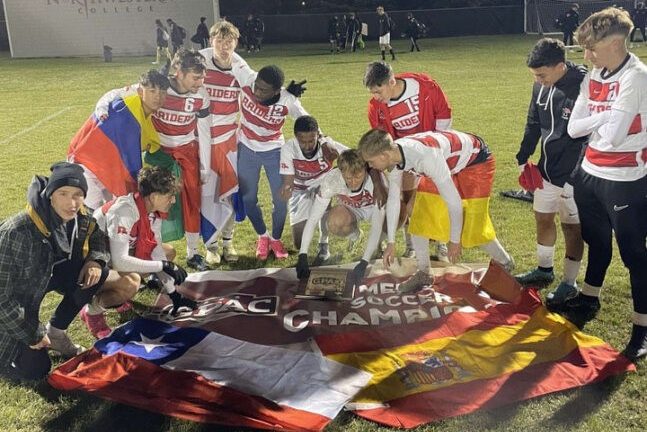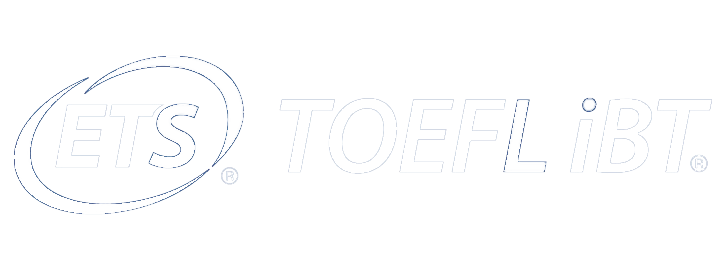You have probably heard of these three organizations. The NCAA (National Collegiate Athletic Association) is the organization that oversees college sports in the United States. It includes more than 1,100 four-year colleges and universities. The NAIA (National Association of Intercollegiate Athletics) is an organization similar to the NCAA, but includes smaller, less competitive four-year colleges. The NJCAA (National Junior College Athletic Association) is an organization that oversees college sports at the two-year community college level.
From MAE we wanted to bring you a complete guide for international student-athletes of everything you should know about these three organizations.
The importance of understanding the differences in order to make an informed decision as an international student-athlete.
International student-athletes seeking to study and compete in sports in the United States should understand the differences between the NCAA, NAIA and NJCAA. These differences can affect their academic, athletic and financial goals.
NCAA (National Collegiate Athletic Association)
The NCAA was founded by President Theodore Roosevelt in 1905 to regulate college sports in the United States. Its mission is “to promote the all-around development of student-athletes through athletic education, leadership and civic responsibility.”
- Divisions and levels of competition:
The NCAA is divided into three sport divisions:
Division I, Division II and Division III. Division I is the most competitive, followed by Division II and Division III.
- Academic and athletic requirements:
NCAA student-athletes must meet specific academic and athletic requirements to be eligible to compete:
- Academic requirements vary by division and university.
- Athletic requirements include a minimum number of standardized test scores, a minimum number of classes passed, and a minimum level of athletic ability.
- Advantages and disadvantages from the perspective of an international student-athlete:
Advantages:
- Opportunities to compete at elite level
- Access to full sports scholarships
- Wide range of university options
Disadvantages
- Stricter academic and athletic requirements
- Higher tuition and housing costs
NAIA (National Association of Intercollegiate Athletics)
The NAIA was founded in 1937 to provide an alternative to the NCAA whose purpose is to integrate athletic life into the academic environment of these institutions. The level of competition in the NAIA is generally lower than in the NCAA. However, there are some NAIA universities and programs that have better sports teams than the NCAA.


Our student Alex Ruiz and his team, proclaiming themselves GPAC conference champions.
The athletic admissions and scholarship process in the NAIA is similar to that of the NCAA.
- Benefits for international students:
Advantages:
- Less stringent academic and athletic requirements
- Lower tuition and housing costs
- Opportunities to compete at the national level
Disadvantages
- They are smaller universities
NJCAA (National Junior College Athletic Association)
The NJCAA was founded in 1938 to provide athletic opportunities for community college students. Its goal is to promote academic and athletic excellence at these 2-year colleges.
They offer athletic opportunities to students from all over the world. International students can compete in a variety of sports, including basketball, soccer, baseball, softball, volleyball and track and field.
NJCAA student-athletes may make a college transfer after completing two years of study and begin a third year at an NCAA or NAIA college. The transfer process can be competitive, but successful student-athletes increase their chances of being signed by teams at NCAA or NAIA universities.
- Advantages of starting your athletic career at a community college:
Advantages:
- Lower tuition and housing costs
- Opportunities to improve academic and athletic skills
- Increased likelihood of athletic recruitment by a four-year university
As you can see, these three organizations offer different opportunities for international student-athletes. They should consider their academic and athletic goals when choosing the organization that is right for them.
Tips for international student-athletes on how to make the best choice for their academic and athletic goals
- Consider your academic goals. Ask yourself the questions, what is your primary academic goal? Do you want to obtain a degree in a specific field of study? Do you want to participate in research or fellowship programs? Do you want to transfer to a four-year university?
- On the other hand, you should also consider your sporting objectives in terms of the level of competition you are looking for, whether you want to compete at a national or international level and above all, whether you want to obtain a sports scholarship.
- Visit the websites of the universities you are interested in or consult MAE for everything you need. Talk to international student-athletes who are already studying in the United States.
- Talk to international student-athletes who are already studying in the United States. It is important to start researching and preparing your application as early as possible.
Here are some additional tips for international student-athletes looking to study and compete in the United States for great athletic opportunities:
- U.S. universities have strict academic and athletic requirements. Make sure you meet these requirements before applying for admission.
- English is the official language of higher education in the United States. It is important that you have a good level of English to succeed in your studies and in your sports career.
- American culture is different from that of many other countries. It is important that you prepare yourself so that you can have a positive experience in the United States.
Studying and competing in sports in the United States can be an incredible experience for international student-athletes. By taking the time to research your options and prepare, you can increase your chances of success. And if you have any questions, please contact us, we will be happy to help you.








